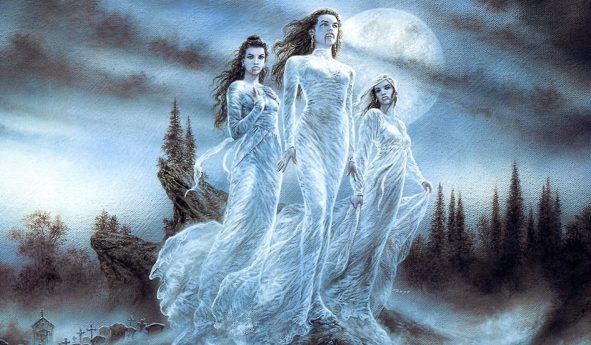Romania, with its rich history and diverse cultural influences, has a plethora of myths and folklore that have been passed down through generations. These stories often blend historical events, mystical elements, and local traditions. Here are some fascinating myths associated with Romania:
- The Legend of Dracula: The most famous Romanian myth revolves around Vlad the Impaler, often associated with the fictional character Count Dracula. Vlad III, also known as Vlad Dracula, was a medieval ruler known for his brutal methods of punishing enemies. Over time, legends and Bram Stoker’s famous novel have intertwined with the historical figure, creating the iconic image of the vampire Count Dracula.
- The Flying Horseman (Omul Păsărilor): In Romanian folklore, there is a mysterious figure known as “Omul Păsărilor” or “The Man of the Birds.” It is said that this character has the ability to transform into a swarm of birds and fly across the sky. The myth is often associated with supernatural powers and the mystical connection between humans and nature.
- The Golden Stag (Cerbul de Aur): The Golden Stag is a mythical creature often featured in Romanian fairy tales. It is a symbol of purity, beauty, and good fortune. Legends tell of a magical golden deer that appears in the forest, leading those who follow it to unexpected riches or adventure.
- The Solomonic Stones (Pietrele lui Solomon): The Solomonic Stones are a collection of large stones, often associated with supernatural powers. Legend has it that these stones were used by King Solomon himself for various magical purposes. They are sometimes linked to mysterious occurrences and rituals in Romanian folklore.
- The Master Builder Manole: The story of Manole, the master builder, is a tragic Romanian legend. According to the tale, Manole was tasked with building the Curtea de Argeș Monastery. In a desperate attempt to ensure the longevity of the construction, he sacrifices his wife by bricking her into the walls of the monastery. Her voice is said to be heard crying out from the walls, haunting the structure.
- The Fairies’ Gold (Comoara Zânelor): In Romanian folklore, there are stories of fairies guarding hidden treasures in the mountains. These treasures, often depicted as pots of gold or precious stones, are said to be protected by magical creatures and are sought after by brave adventurers.
- The Iele: The Iele are mythical creatures in Romanian folklore, often described as beautiful, ethereal maidens with supernatural powers. They are associated with natural elements such as rivers and forests. While they can be benevolent, Iele are also known to punish those who disrespect nature or intrude upon their domains.
- The Moroi and Strigoi: Romanian mythology includes creatures like the Moroi and Strigoi. The Moroi are considered spirits of the deceased who return to the living world, while the Strigoi are often associated with vampires or malevolent spirits that can shape-shift and harm the living.
These myths and legends contribute to Romania’s cultural identity, reflecting the country’s rich folklore and the blending of historical events with elements of the supernatural. They continue to captivate imaginations and offer a glimpse into the unique storytelling traditions of the region.


